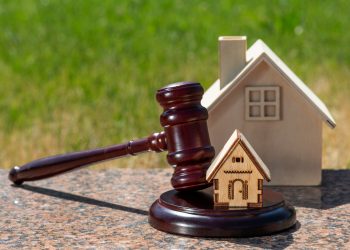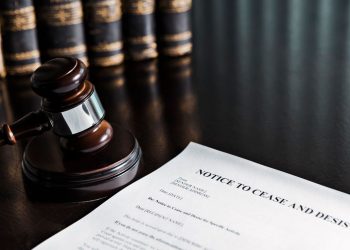Following an initial outburst on May 3, the fiery explosions and lava flows of Hawaii’s Kilauea volcano on the Big Island have taken over the small subdivisions of Leilani Estates, made up of 1,700 residents, and the smaller Lanipuna Gardens, home to about 300 residents. The damage so far? Nearly 40 structures destroyed, of which at least two dozen are homes , and with a reach already the length of 75 football fields.
Whether or not residents ascribe to Hawaii’s traditional beliefs—in which this is the latest flare up by goddess Pele, who is said to reside in Kilauea’s great crater—those living in the affected area understand the risks of living nearby an active volcano that has been erupting continuously for over 30 years.
While land is more affordable, and the volcano a part of their lives, residents are facing damaging repercussions. Lava explosions have been reported to leap up to 230 feet in the air, according to the United States Geological Survey. As fissures continue to open around Kilauea—with a total of 14 vents confirmed thus far —earthquakes are rattling not only the nearby communities, but areas around the world, as well.
According to Volcano Discovery, Hawaii’s Big Island, and even other areas across the globe, have experienced a total of 123 earthquakes following the eruption, with a 6.9 magnitude quake being the most powerful so far, hitting the volcano’s south flank on May 4.
Both subdivisions were ordered to evacuate, with some Leilani residents able to temporarily return to retrieve any necessary items and pets. Lanipuna residents, however, have been warned to stay away due to the high levels of hazardous volcanic gases, including sulfur dioxide.
Nate Gaddis, a real estate agent with Elite Pacific Properties in Hawaii, serving the Big Island market, is watching the events unfold, and predicts that more long-term solutions will be needed for those who have been displaced.
“Many are staying with friends and family, while others are housed in community shelters,” Gaddis tells RISMedia. “The longer this continues, the larger the need for transitional housing for them will grow.”
While homeowners are forced to focus on the more immediate problems, such as housing and potential property loss, another challenge looms near: insurance.
“All homeowners in the area are advised to carry home insurance,” says Gaddis. “Rates are elevated in high-risk lava zones, just as they would be in high-risk flood zones, depending on the risk levels set by government agencies.”
However, according to the Wall Street Journal, neighborhoods designated as Zone 1 (the most hazardous lava flow zone) may not be eligible for the necessary insurance to cover property damage caused by lava. For those who are insured, there could be delays.
“A major challenge for homeowners within a few miles of the eruption is that during an event like this, an insurance moratorium can be issued against new policies,” says Gaddis. “Without an ability to insure homes for sale when a new owner takes over, the market can freeze up temporarily until the risk event resolves itself and insurers lift the moratorium. This is currently impacting both buyers and sellers in real-time.”
Gaddis says it is too early to see Kilauea’s overall influence on local real estate, and although his market area encompasses more than just the neighborhoods affected by the volcano’s eruption, the focus right now is on the lives being impacted by this devastating event.
“Most people understand that the current flow is isolated to a specific region,” says Gaddis. “Almost every part of the country carries some risk element, be it tornadoes, wildfires, flooding or hurricanes. While it only affects a portion of our island geographically, the impact to the lives it touches is no less significant than, for instance, a major weather event in a different part of the country.”
Unfortunately, experts cannot determine when this latest lava flow will end, as it largely depends on the magma reserve in Kilauea’s system.
“There’s more magma in the system to be erupted,” said U.S. Geological Survey Volcanologist Wendy Stovall in a statement. “As long as that supply is there, the eruption will continue.”
Stay tuned to RISMedia for more developments.
 Liz Dominguez is RISMedia’s associate content editor. Email her your real estate news ideas at ldominguez@rismedia.com. For the latest real estate news and trends, bookmark RISMedia.com.
Liz Dominguez is RISMedia’s associate content editor. Email her your real estate news ideas at ldominguez@rismedia.com. For the latest real estate news and trends, bookmark RISMedia.com.











